
Beaulieu Celebrates Its Own Diamond Jubilee
[caption id="Motorcarsonks&ontagus_Feature" align="aligncenter" width="1024"]
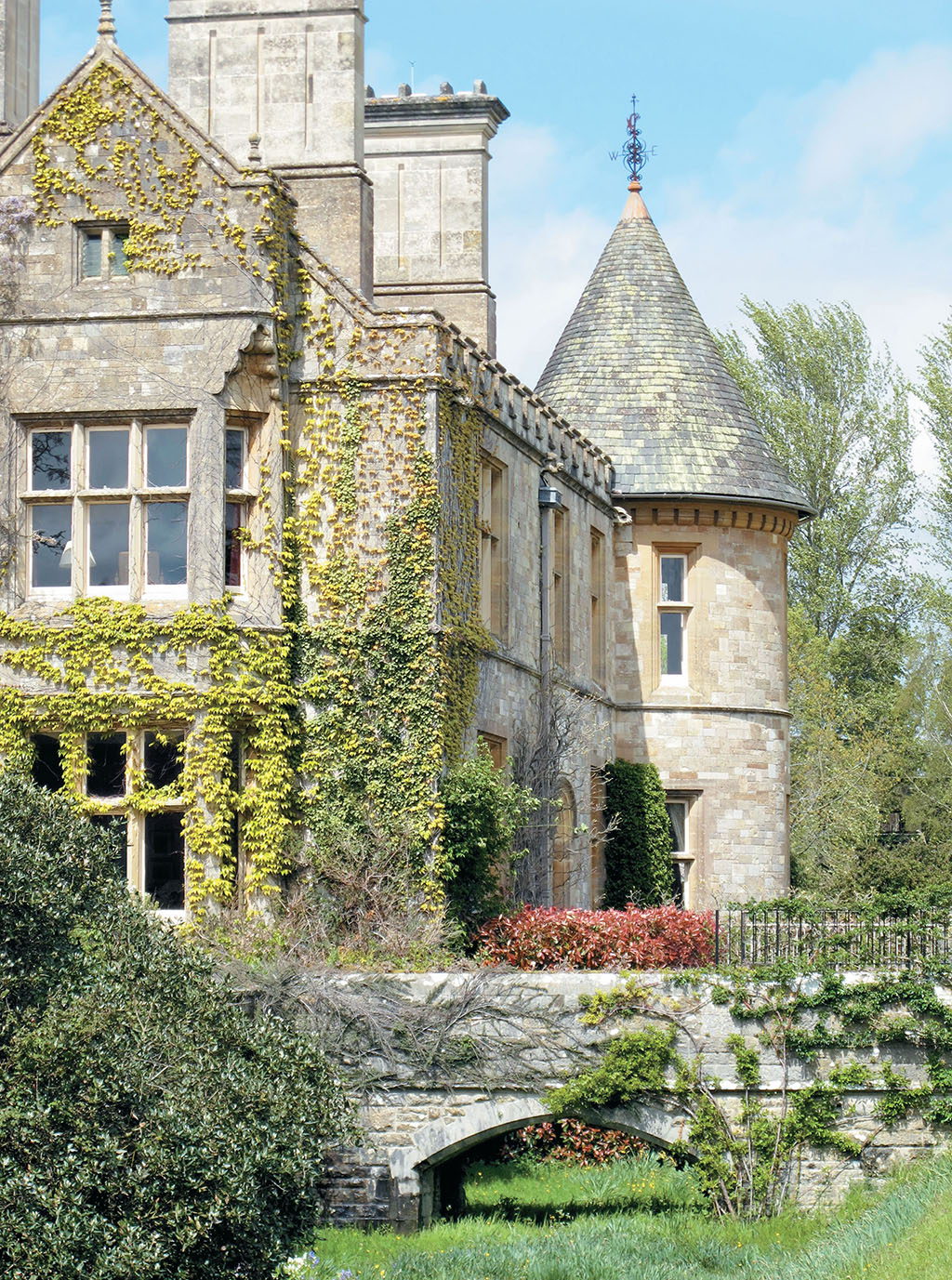
SIÂN ELLIS
SIXTY YEARS AGO, Edward Douglas-Scott-Montagu, 3rd Baron Montagu of Beaulieu, maneuvered five veteran cars into the front hall of his Palace House. The ad hoc display was intended as a tribute to his pioneering motorist father, and to entertain paying visitors who—so Lord Montagu hoped—would flock through the newly opened doors of his home.
[caption id="Motorcarsonks&ontagus_img1" align="aligncenter" width="1024"]
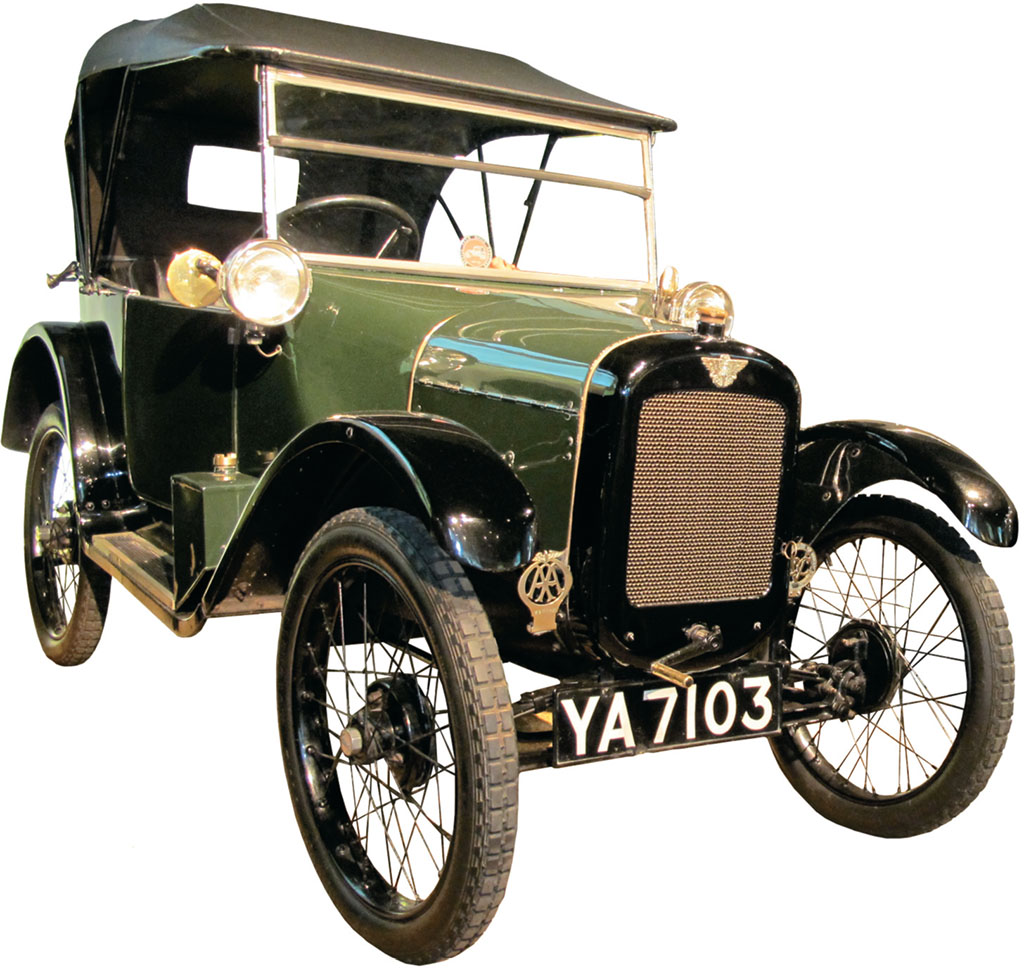
SIÂN ELLIS
Today, more than 250 motor vehicles stand gleaming in what became (40 years ago) the National Motor Museum, now housed in bespoke premises a short walk from Palace House. More than 355,000 people visit house, gardens and museum each year, and for most of them it is the siren allure of the veteran, vintage, classic and downright seductive cars that calls.
[caption id="Motorcarsonks&ontagus_img2" align="aligncenter" width="1024"]
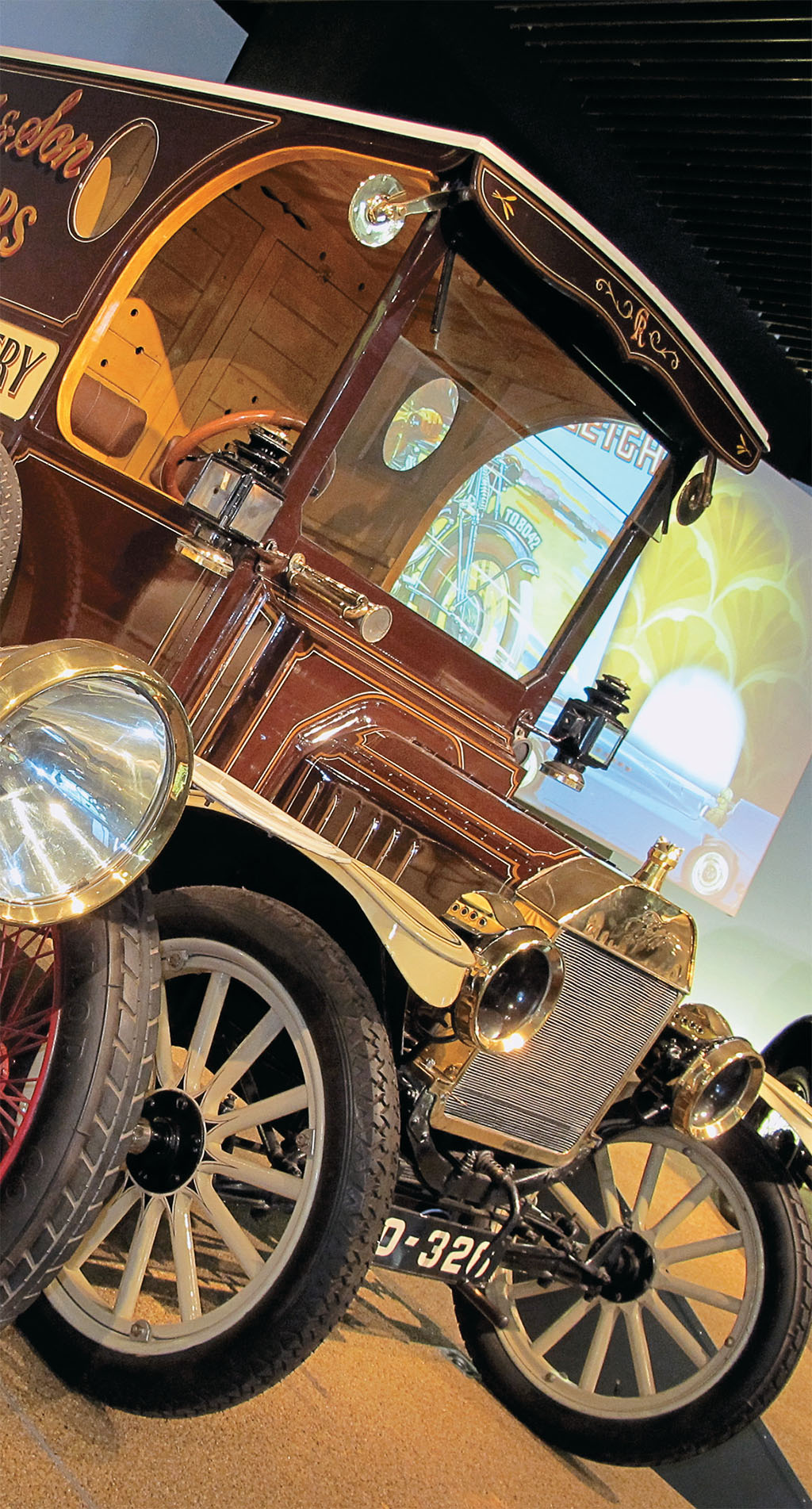
SIÂN ELLIS
[caption id="Motorcarsonks&ontagus_img3" align="aligncenter" width="1024"]
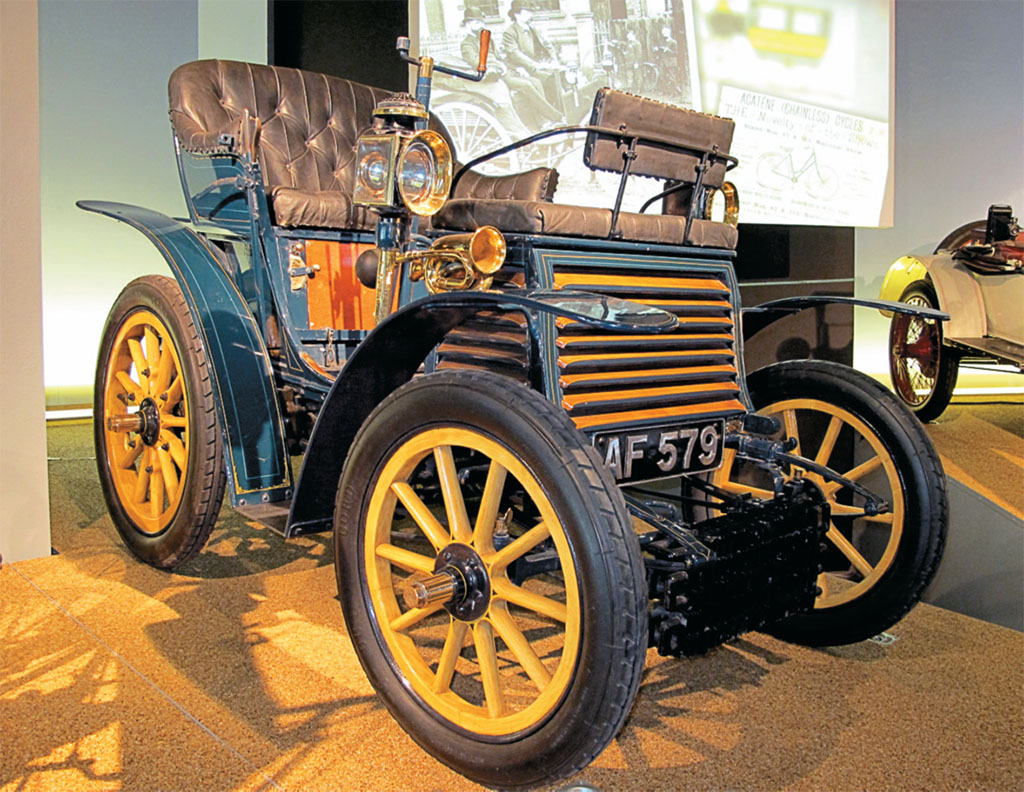
SIÂN ELLIS
Beaulieu has been a pioneer in the stately homes visitor market and if you want to experience an historic attraction that has got it right, then here’s a beauty. As Lord Montagu once wryly remarked to me in reference to Britain’s precarious weather: “We can hardly sell our sunshine, but we can sell our heritage. That is something that is greatly admired and people come from all over the world to see it.”
At first the entrance fee to Beaulieu, which is in the heart of the New Forest in Hampshire, sounds hefty—£20 per adult. But there’s a full day’s entertainment to get around: the motor museum, a special Bond in Motion exhibition celebrating the 50th year of James Bond movies, the World of Top Gear homage to the cult British TV series, Palace House, Beaulieu Abbey and Secret Army Exhibition. Then, there are gardens, walks beside Beaulieu River, a bird’s-eye view of the grounds jaunting on a mile-long monorail or a trip on a replica 1912 open-topped London bus. The airy Brabazon Restaurant makes a good pit stop in between.
the story of Beaulieu begins with King John, who liked to hunt in the New Forest and called his lodge Bellus Locus Regis, the beautiful place of the king. In 1204 Cistercian monks founded an abbey here, on land granted to them by John, and called it in their native French tongue “Beaulieu,” now pronounced by us Brits as “Bu-lee.”
In 1538, during Henry VIII’s Dissolution of the Monasteries, Beaulieu and its estate was purchased for £1,340 6s 8d by Thomas Wriothesley, a leading royal servant and direct ancestor of Lord Montagu. The Palace House we see today is a beguiling mix of 14th-century Gothic, when it was the Great Gatehouse of the Cistercian monastery, and 19th-century Scots Baronial thanks to the conversion by Lord Montagu’s grandfather in the 1860s.
[caption id="Motorcarsonks&ontagus_img4" align="aligncenter" width="1024"]
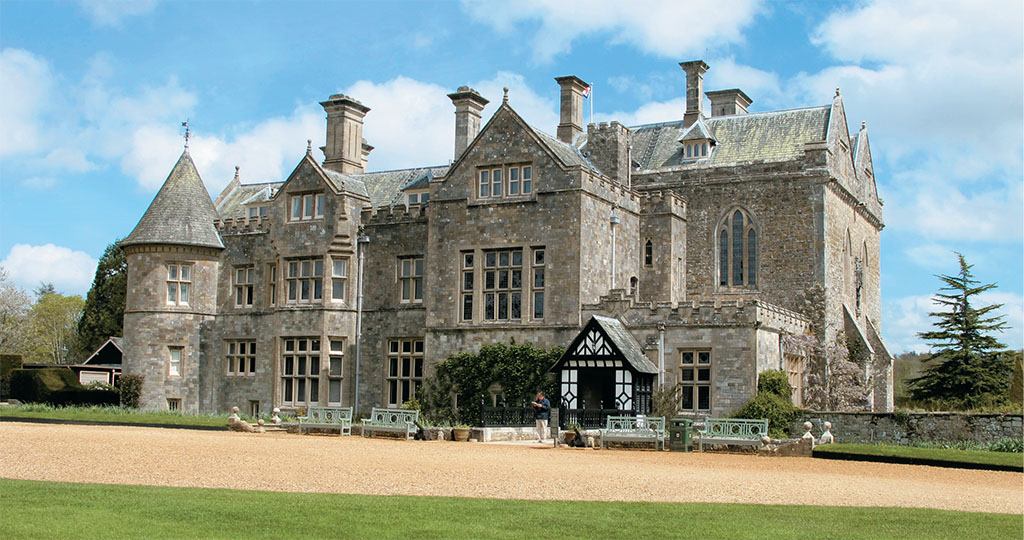
SIÂN ELLIS
Even in a country renowned for its eccentric aristocrats, Lord Montagu’s ancestors stand out. The 3rd Earl of Southampton, accused of plotting against Elizabeth I, was spared execution “on account of his youthful good looks” and became a great patron of William Shakespeare, as well as a director of the Virginia Company.
Ralph, 1st Duke of Montagu (1638-1709), also mixed daredevilry with doing good: he enriched family coffers by disguising himself as the Emperor of China and so wedded the wealthy but mad Duchess of Albemarle, who had declared she would only marry royalty; on the other hand, he revived the renowned Mortlake tapestry industry. John, 2nd Duke of Montagu, much given to japes that involved itching powder and water pistols, began the thriving shipyard at Buckler’s Hard, just a couple of miles from Beaulieu, where vessels for Nelson’s fleet at Trafalgar would be built.
In modern times, John Douglas-Scott-Montagu, 2nd Lord Montagu (1866-1929), blazed a trail as an early motorist, and his son, the present Lord Montagu, has inherited the passion for cars. Step into the National Motor Museum and the story of motoring on Britain’s roads revs into thrilling life.
Row upon row of dazzlingly polished automobiles and motorcycles entice with beautiful come-hither craftsmanship, from a graceful 1909 Rolls-Royce Silver Ghost, “the best car in the world,” and nostalgic Austin Seven 1923 that you can picture pooping along country lanes, to the sleek ruthlessness of Donald Campbell’s land speed record-breaking Bluebird and fizzing Formula One machines. Duster-toting staff discreetly keep every horn and bumper brightly buffed (in fact, wherever you go at Beaulieu, facilities are spotless).
Against a pitch-perfect soundtrack of toots and roaring acceleration, background films projected onto walls, and commentaries into motoring history, each vehicle exudes a period aspiration and lifestyle. The 2nd Lord Montagu was a founding member of the Royal Automobile Club, introduced motoring to the Royal Family and was active in Parliament on behalf of motorists. You can admire his 1899, 12 hp Daimler in which he gave the Prince of Wales, later King Edward VII, an early spin; it was also the first car ever to be driven into the House of Commons yard.
[caption id="Motorcarsonks&ontagus_img5" align="aligncenter" width="1024"]
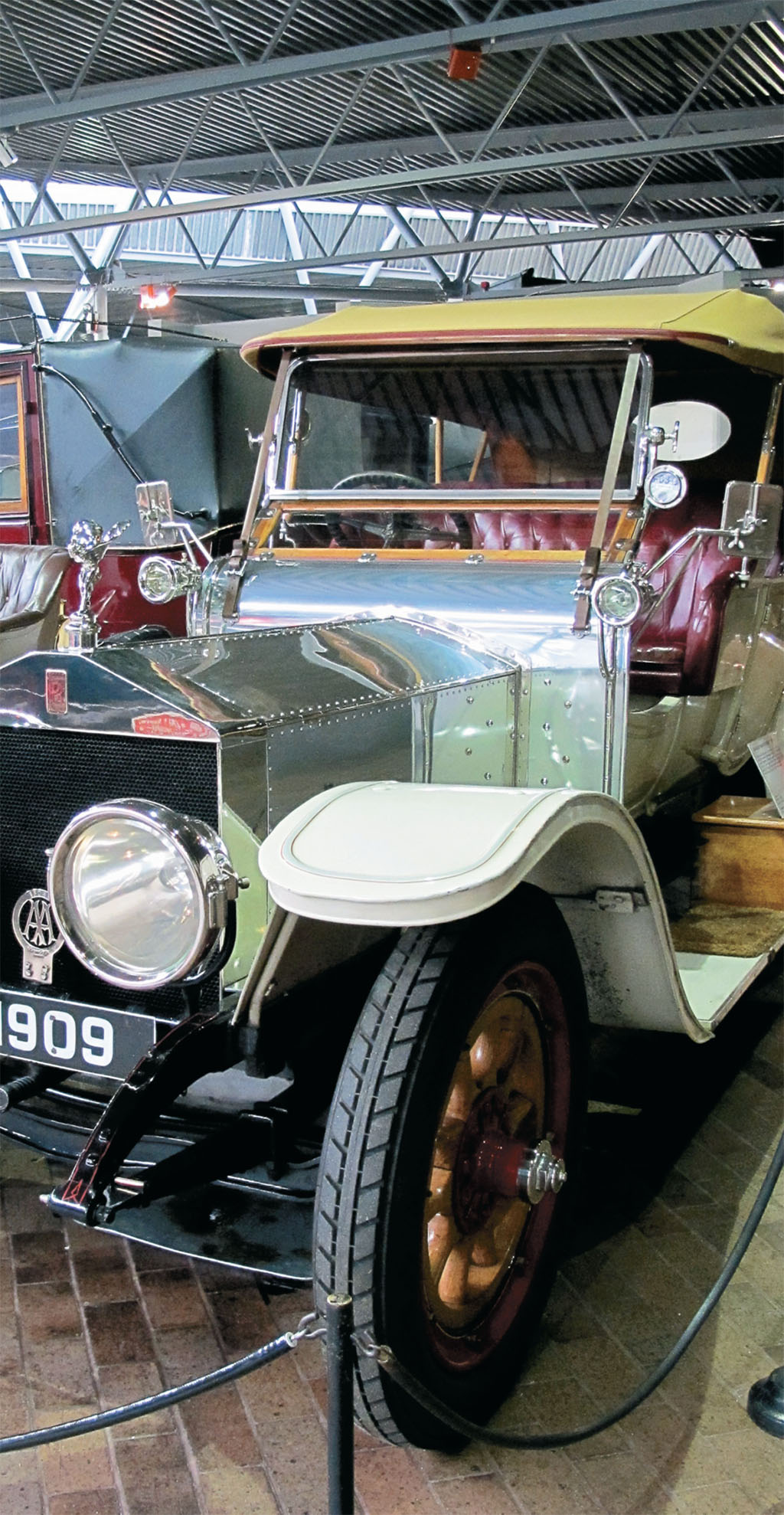
SIÂN ELLIS
[caption id="Motorcarsonks&ontagus_img6" align="aligncenter" width="1024"]
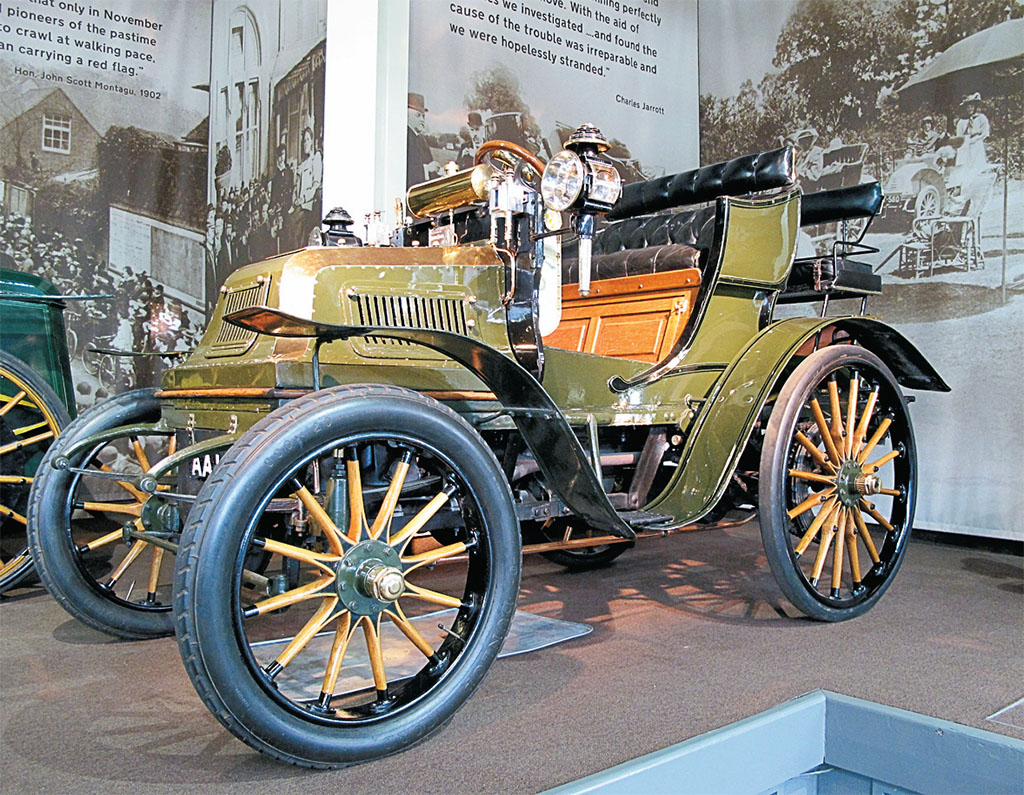
SIÂN ELLIS
[caption id="Motorcarsonks&ontagus_img7" align="aligncenter" width="1024"]
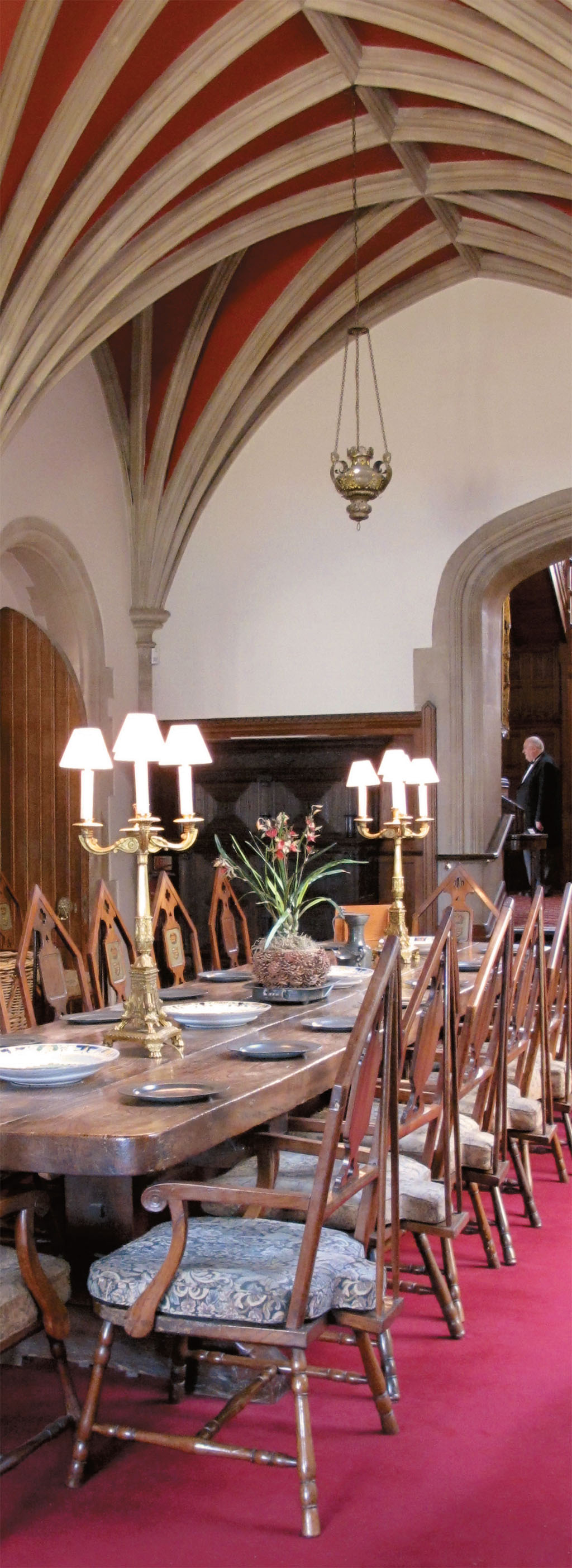
SIÂN ELLIS
One favorite scene is a historic garage set around 1938, re-created right down to the last nut and bolt and with petrol (weep now) priced well under two shillings a gallon. Film fans will instantly recognise the Bath-o-Sub, Lotus Esprit “Wet Nellie” and other machines from James Bond films in the museum’s special exhibition this year. And true motoring aficionados can lose themselves in esoteric displays like The Sparking Plug Story.
the present Lord Montagu was just two when his father died, and the estate was held in trust for him until his 25th birthday in 1951. When he opened Palace House to paying guests the following year, determined to make the family pile pay its way, the “stately home heritage business” was still in its infancy. Influenced by Disneyland, Lord Montagu focused on visitor needs, and promoted two themes for Beaulieu—the history of the estate and the history of the motor car. It was years before the words “theme park” became popular, but he adopted the principles—with real heritage assets, not plastic imitations. Authenticity is key and it still works.
Wandering on from the National Motor Museum, visitors enter the contrasting world of the Victorian gardens and peaceful Beaulieu Abbey. The latter’s ruins impart a haunting serenity, but with sufficient tangible remains—including the refectory (now Beaulieu parish church) and Domus Conversorum (the lay brothers’ living quarters)—to put you right back in the shoes of medieval monks. A film and exhibition are well done.
[caption id="Motorcarsonks&ontagus_img8" align="aligncenter" width="1024"]
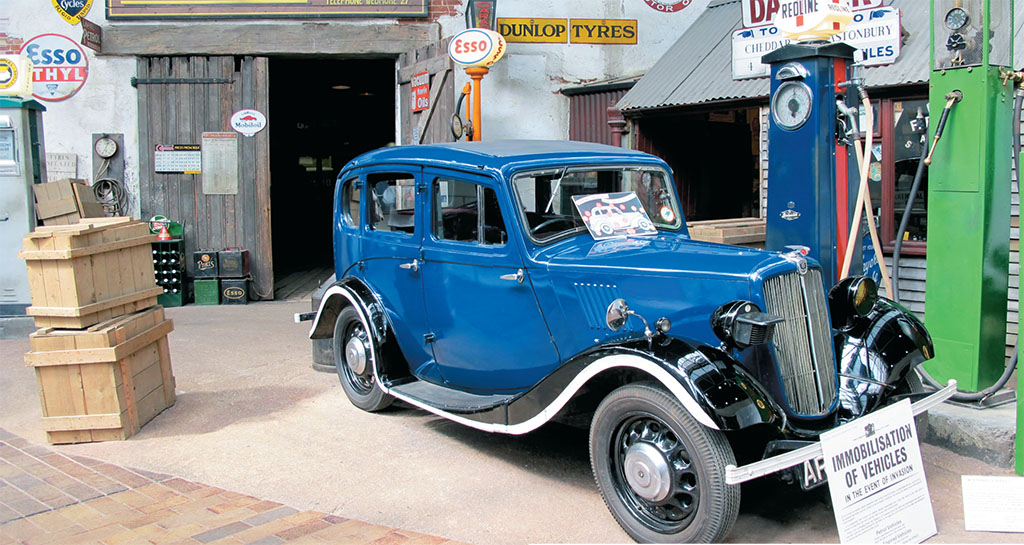
SIÂN ELLIS
A Beaulieu-full visit
Travel by road (approximately two hours) to Beaulieu from London via the M3, M27 West, A326. The nearest train station is Brocken-hurst, then taxi to Beaulieu, www.nationalrail.co.uk.
Beaulieu is open every day except Christmas day, 10 a.m. – 5 p.m. Admission £20/adult and you can return within six days for free, www.beaulieu.co.uk. Also visit Buckler’s Hard, the late 18th-century shipbuilding village, www.bucklershard.co.uk.
In nearby Palace House, still the family home, visitors can meet some of Lord Montagu’s colorful ancestors in the Portrait Gallery and enjoy the medieval monastic-meets-Victorian secular meld of the Dining Hall and Drawing Rooms. “Victorian servants,” named after real-life period counterparts, offer superb gossipy insights. Bell-more the valet told me he had been at university in York, but “due to problems” had left and come down in the world, now a servant at Beaulieu. Travelling with his lord—and indulging his own personal gambling habit—somewhat mitigated his resentment.
Before you leave, make sure to explore the enthralling Secret Army Exhibition, to find out how Beaulieu provided the secluded venue for secret agents to be trained by the Special Operations Executive during World War II. Ladies’ knuckledusters, grenades, a lapel dagger, a suitcase transceiver and many more artifacts speak of life-and-death ingenuity and bravery. James Bond, eat your heart out.
[caption id="Motorcarsonks&ontagus_img9" align="aligncenter" width="1024"]
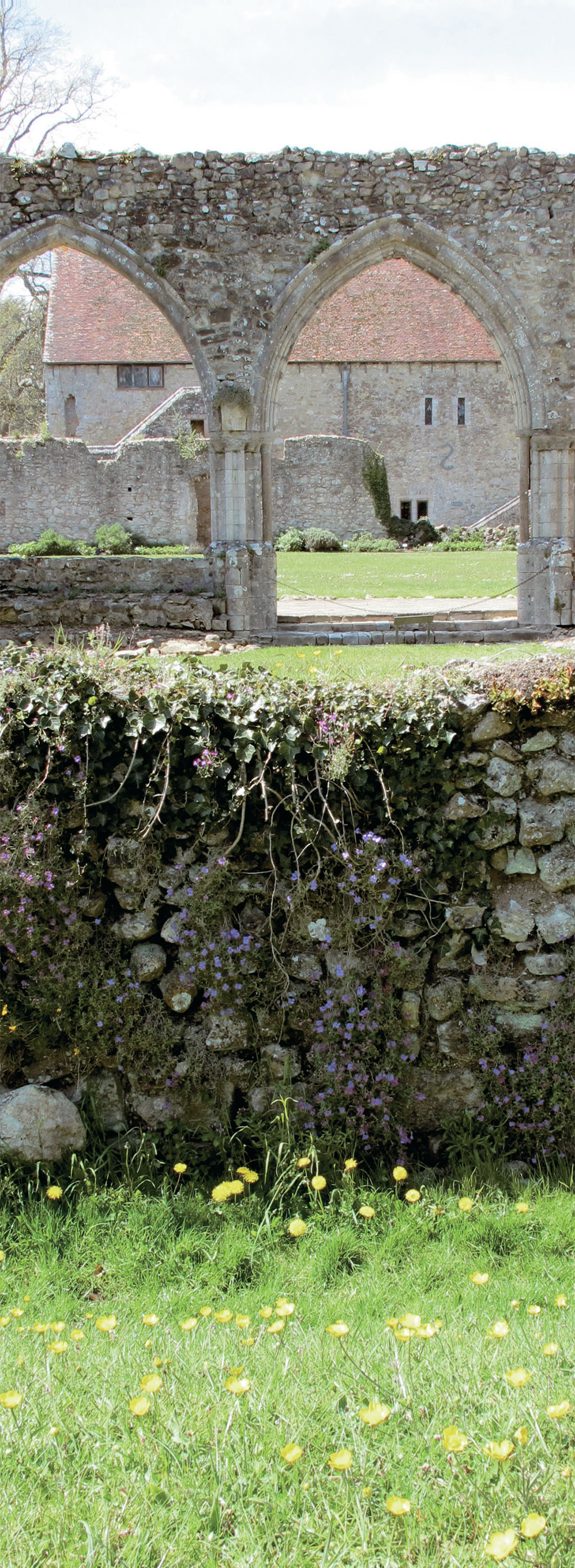
SIÂN ELLIS





Comments